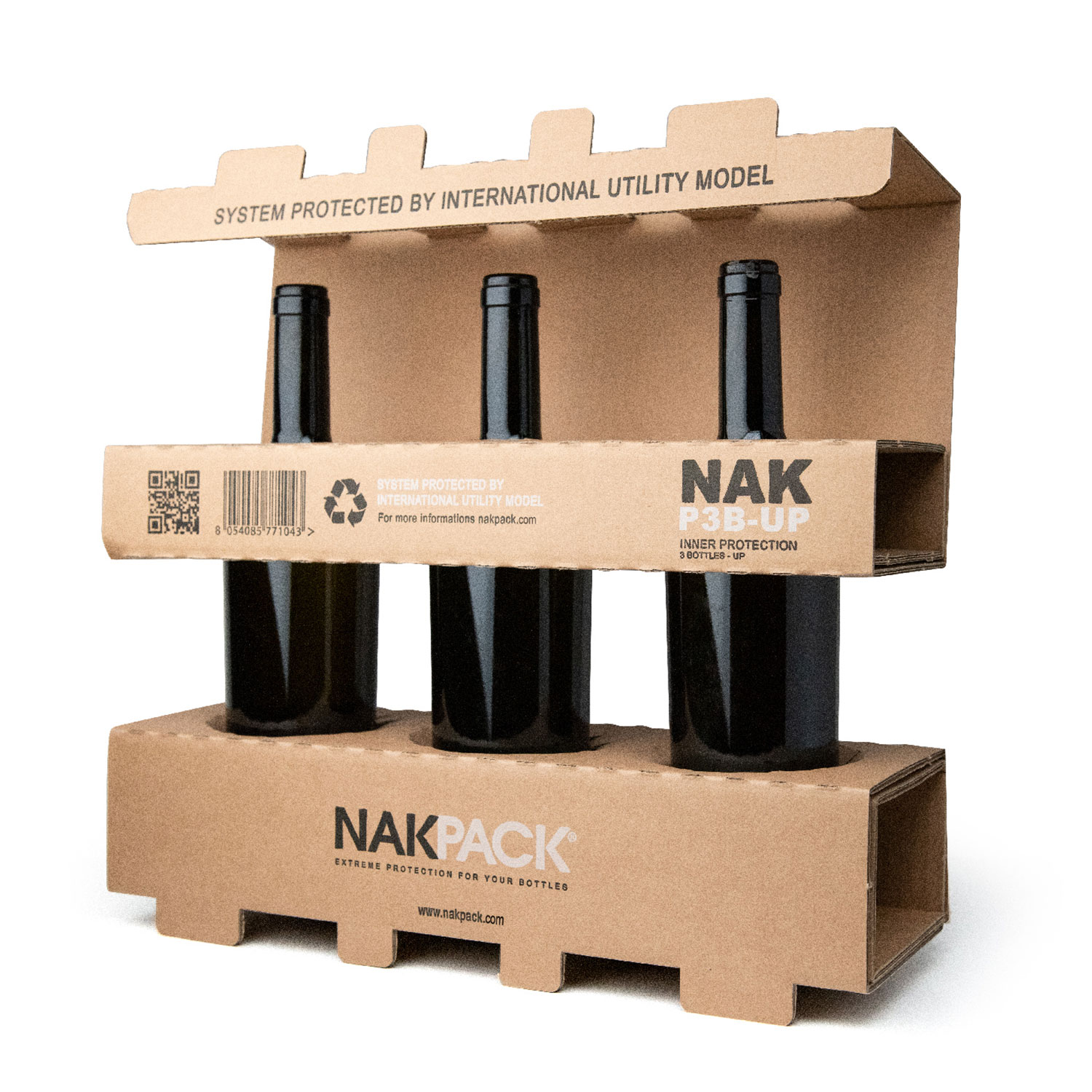Why sustainable logistics?
Sustainable logistics is one of many aspects to be considered by a company that approaches an environmentally friendly business, especially if it sells its products online. In fact, when it comes to corporate sustainability, the risk of running into green washing is just around the corner, with all the negative consequences associated with the loss of brand reputation.
In order to ensure that sustainability is not an unproductive side, it is necessary that it is not limited only to a specific product, but it embraces all company activities by involving each stakeholder.
What's that all about?
Sustainable logistics is based on a reworking of activities related to the transport, delivery and products recycling in order to impact the environment as little as possible.
To achieve the main objective, which is to reduce CO2 emissions, sustainable logistics studies and develops methods that allow to:
- decrease the pollution associated with the transport of goods;
- optimize resources (space, packaging and energy);
- create a system, as circular as possible, based on recycling.
Sustainable logistics for e-commerce
If in your e-commerce you sell Eco-friendly products or in any case respectful of the Planet, it is also necessary to adapt the logistics to the parameters of environmental sustainability.
Below you will find 4 innovations applicable in the company, which will allow you to approach sustainable logistics.
- Offset shipments with carbon credits;
- Group shipments as much as possible;
- Choose sustainable and recyclable packaging;
- Offer the possibility to return the containers empty.
1. Offset shipments with carbon credits
This is a solution that allows you to counterbalance carbon emissions that cannot be reduced by financing positive impact projects that comply with the UN Sustainable Development Goals, such as tree planting.
To offset shipments with carbon credits, it can be useful to calculate emissions per kilometer for each kg for different transport methods. Based on the calculation obtained, carbon credits of the same amount are then purchased.
2. Group shipments as much as possible
Avoiding many small separate shipments is the only way to make shipments more efficient, because it allows you to organize more homogeneous pallets and therefore to transport less air.
To achieve this, discounts can be offered for those who buy multiple packs or even offer only these. If the choice is justified, the consumer will most likely appreciate your decision, and feel satisfied for doing something good.
3. Choose sustainable and recyclable packaging
In our article Sustainable packaging from the consumer’s point of view, we have explained, armed with the data, the centrality that packaging is acquiring more and more in the purchasing process, and what are the characteristics that the market is looking for: sustainability and safety.
In fact, putting ourselves in the shoes of the final consumer, buying an Eco-friendly product and then receiving it overpacked and perhaps surrounded by plastic is not the best, and will negatively affect the perception of the company.
There are more and more eco-sustainable and recyclable solutions on the market, suitable for any product.
For example, for those who need to ship glass bottles, NAKPACK is a specific solution designed to guarantee safety on the one hand, and respect for the environment on the other hand: the packaging is made entirely of cardboard (present only where it is really needed) and it is designed to take up as little space as possible in the warehouse and during shipping.
4. Offer the possibility to return the containers empty
Bottles of wine, make-up products, perfumes, and many other products must necessarily be shipped in glass containers that are often thrown away and not recycled. Offering the possibility of returning them could be an optimal solution to avoid waste and at the same time save the consumer the burden of having to dispose of them.
The key ingredient: consistency
Beyond the individual actions you are going to take, it is essential that sustainability is truly understood and felt by the company, at all levels. If this happens, the choices will happen spontaneously and there will be little inconsistencies between promises made and actions taken.
For companies that need to reconvert an existing business with a view to sustainability, it is essential to outline a long-term corporate sustainability strategy that involves all phases of placing on the market (including logistics!), Always keeping the key ingredient in mind: Consistency.
Share this article
Did you like this article? Share it now!






